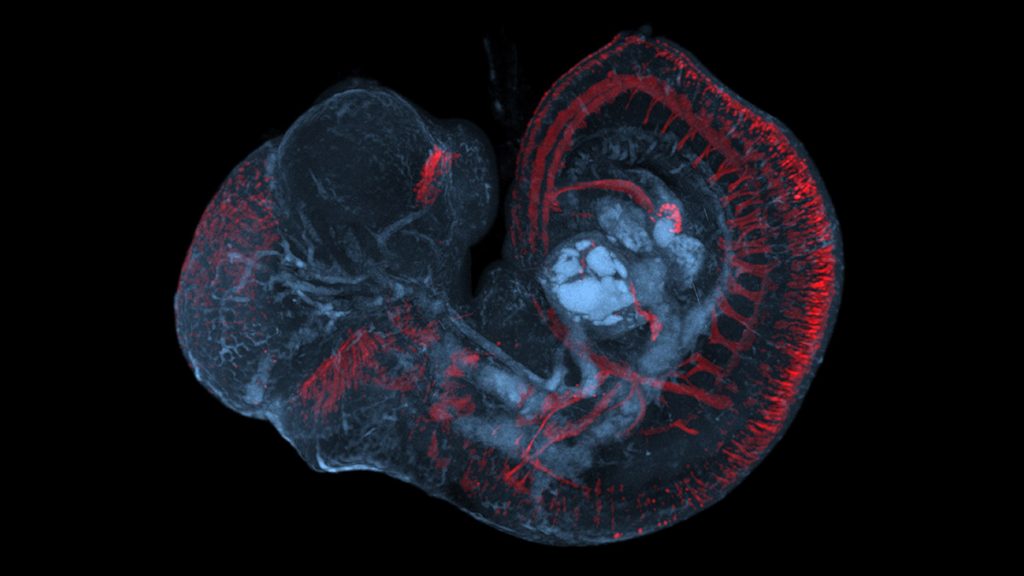These new findings by researchers at Umeå University in collaboration with US researchers could provide an increased understanding of some neurodegenerative diseases later in life.
In the long term, this finding could open up opportunities to use simple methods such as correct photostimulation during pregnancy to reduce the risk of neurological disorders in adulthood, says Lena Junhaga, a professor at Umeå Center for Molecular Medicine at Umea University.
Research shows that a photoreceptor called Opsin3 is expressed in parts of the central and peripheral nervous system already during early fetal development.
Light affects the fetus
Opsin3 has a widespread but distinct expression indicating that it plays an important role in the formation of various neurons, nerve pathways, and regions in the brain and spinal cord. Opsin3 expression can be linked to a number of motor and sensory nerve pathways that regulate, for example, movement, pain, sight and smell, as well as memory, mood and emotions.
This light can affect cells inside the body, even in a fetus in the mother’s womb, it may sound strange, but it has been shown previously in both calculations and experiments that light can pass through the skin, soft tissues and bones of the skull to activate the receptors.
Birth date and autism risk
The discovery of the Opsin3 photoreceptor expression pattern indicates that light plays an important role in brain development and later function. This may explain why the risks of developing certain neurological or mental illnesses differ depending on when a person is born.
This unexplained association has so far been seen in diseases such as Parkinson’s, Alzheimer’s, MS, bipolar disorder, autism, schizophrenia, and epilepsy. However, the time of birth is just one of several different risk factors for existing neurological conditions.
More research is needed before you can make recommendations for specific phototherapy treatments for pregnant women, but it’s clearly an exciting path to go down and may be of great interest in the long term, says Lena Gunhaga.
Evolution of light and the brain
The new findings so far are based on observations in the brain and nervous system of mice, but the function is seen to be similar in humans. Researchers continue to study in more detail how Opsin3 affects brain development and function. The study was published in the scientific journal eNeuro.
Scientific material:
Characteristic Opsin 3 (Opn3) expression in the developing nervous system during mammalian embryonic development.
Wayne Davis, Sophie Sgary, Brian Upton, Christopher Nord, Max Hahn, Ulf Algren, Richard Lang, Lena Junhaga.eNeuro
Call:
Lena Gunhaga, Professor at Umeå Center for Molecular Medicine, Umea University, [email protected]

“Extreme tv maven. Beer fanatic. Friendly bacon fan. Communicator. Wannabe travel expert.”







More Stories
Why Rare Earth Metals for Electric Cars Are Crucial for Modern Mobility
“We want to promote critical rules approach”
“A lot happened during the trip,” Jönköping County Council